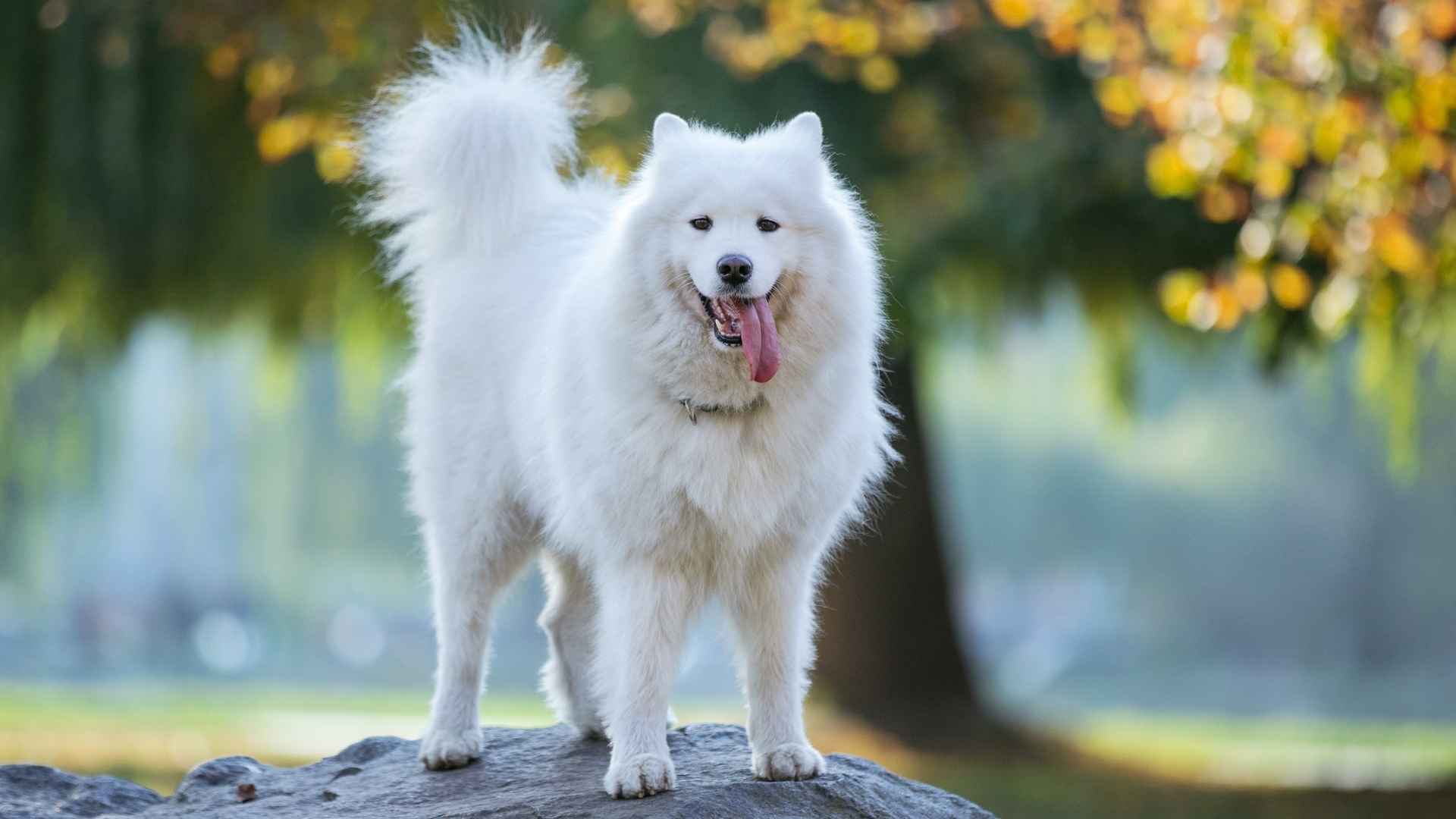There’s something undeniably enchanting about a fluffy dog. From their cloud-like coats to their warm, cuddle-ready appearances, fluffy dog breeds effortlessly capture hearts. Whether you’re drawn to the grandeur of a big, majestic floof or the endearing charm of a pint-sized puffball, there’s a fluffy companion for every lifestyle.
These breeds don’t just bring softness—they bring personality. Many were bred in cold climates and boast thick double coats that provide warmth and insulation. That same luxurious fur, however, can require high-maintenance grooming and seasonal shedding management. For families with allergies, some fluffy breeds are even low-shedding or considered hypoallergenic.
In this guide, we explore a range of fluffy dog breeds—both large and small—that offer not just good looks but loyal companionship, playful attitudes, and endless affection. Whether you’re a first-time dog owner or an experienced pet parent, these cuddly canines promise to keep your heart (and home) full.
Fluffy Dog Breeds
1. Chow Chow
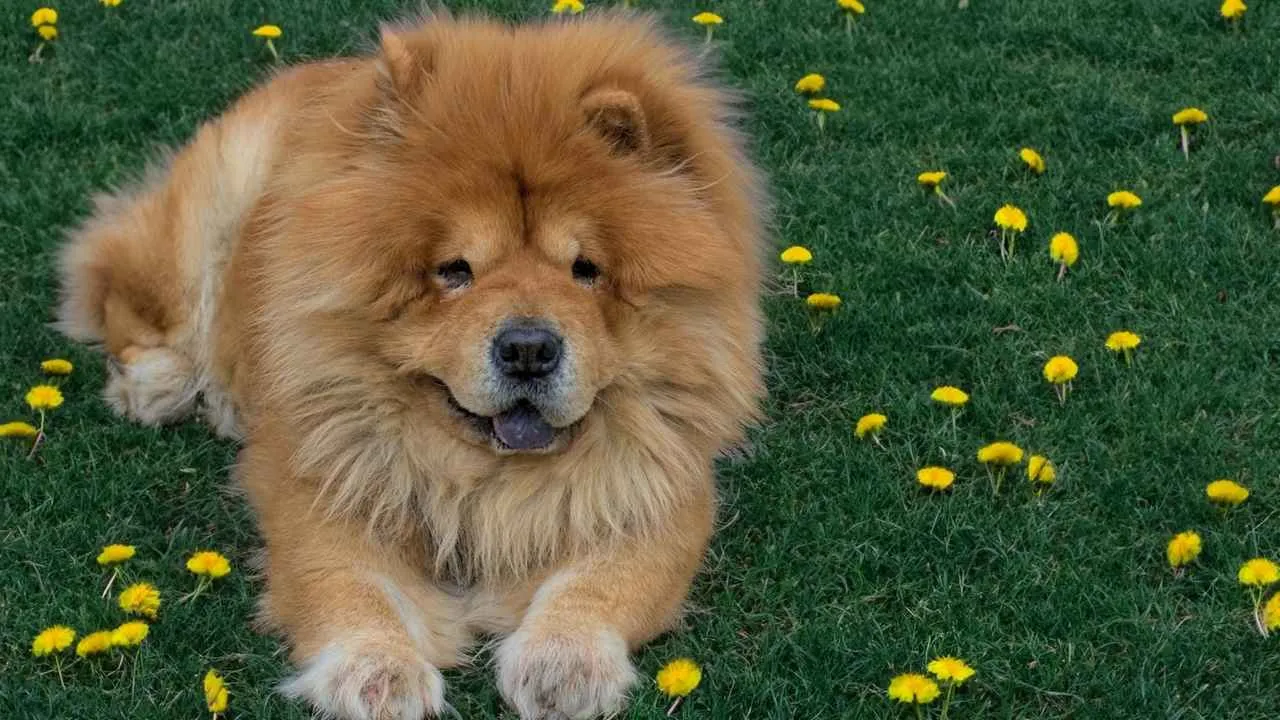
The Chow Chow is an ancient Chinese breed known for its lion-like ruff, deep-set eyes, and blue-black tongue. Strongly built and compact, they project a serious, dignified presence. Their thick double coat comes in several colors, including red, cream, blue, and black.
Temperamentally, they are reserved and independent, often forming strong bonds with a single person or family but remaining wary of strangers. Early socialization is vital to help reduce aloofness and foster balanced behavior in new environments.
Their grooming demands are significant. The dense coat requires brushing several times per week to prevent matting and manage seasonal shedding. Regular maintenance also helps control their natural shedding cycles.
Training a Chow Chow requires patience and consistency. While intelligent, they tend to be stubborn and value autonomy. Harsh corrections are counterproductive; positive reinforcement and gentle guidance yield better results.
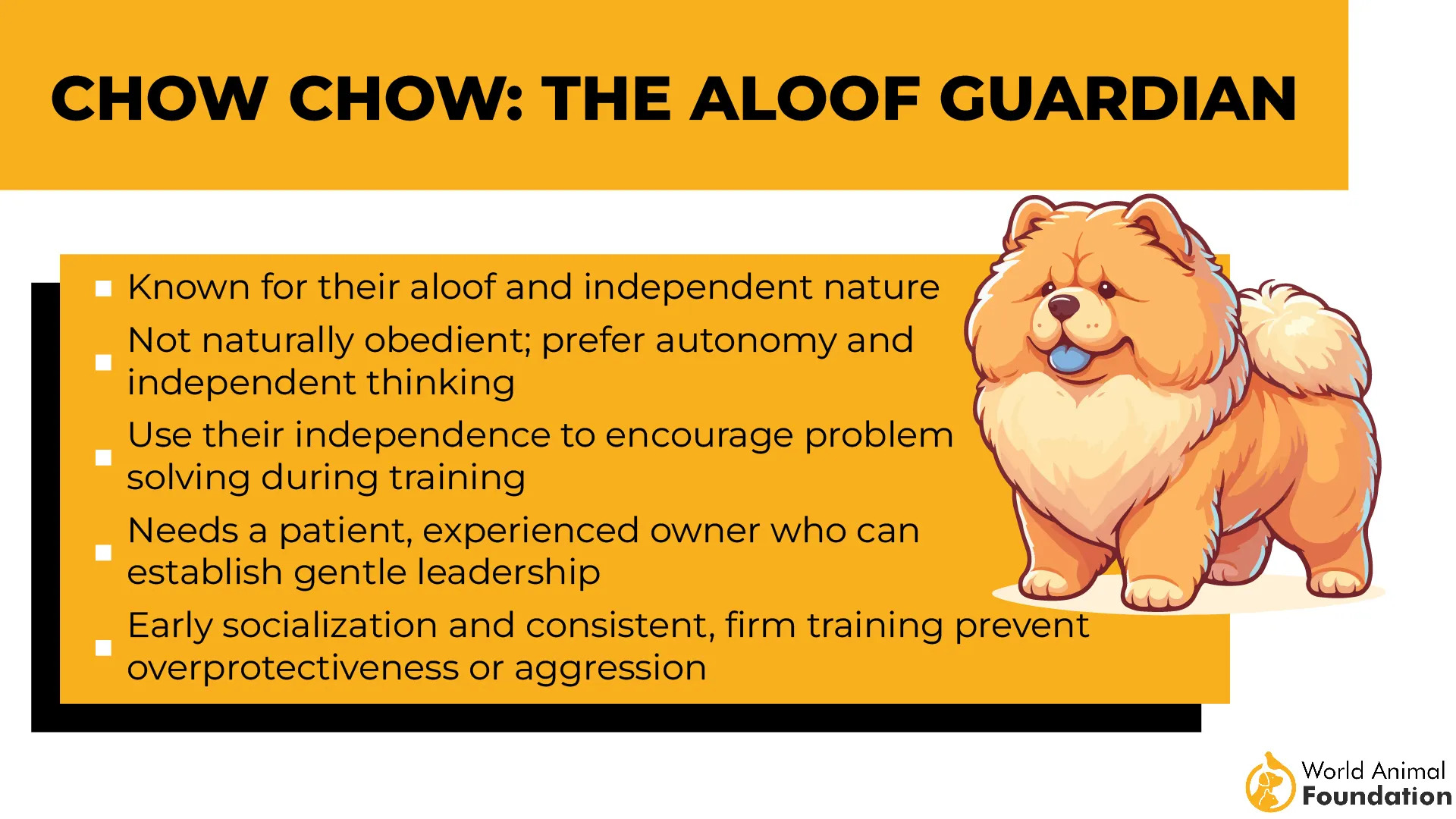
According to the AKC, this breed is best suited for experienced dog owners who understand its unique combination of loyalty, aloofness, and grooming intensity.
Quick Tips
Brush thoroughly at least twice weekly to prevent matting.
Socialize early to curb aloof tendencies.
Best for experienced handlers with calm, assertive energy.
2. Great Pyrenees
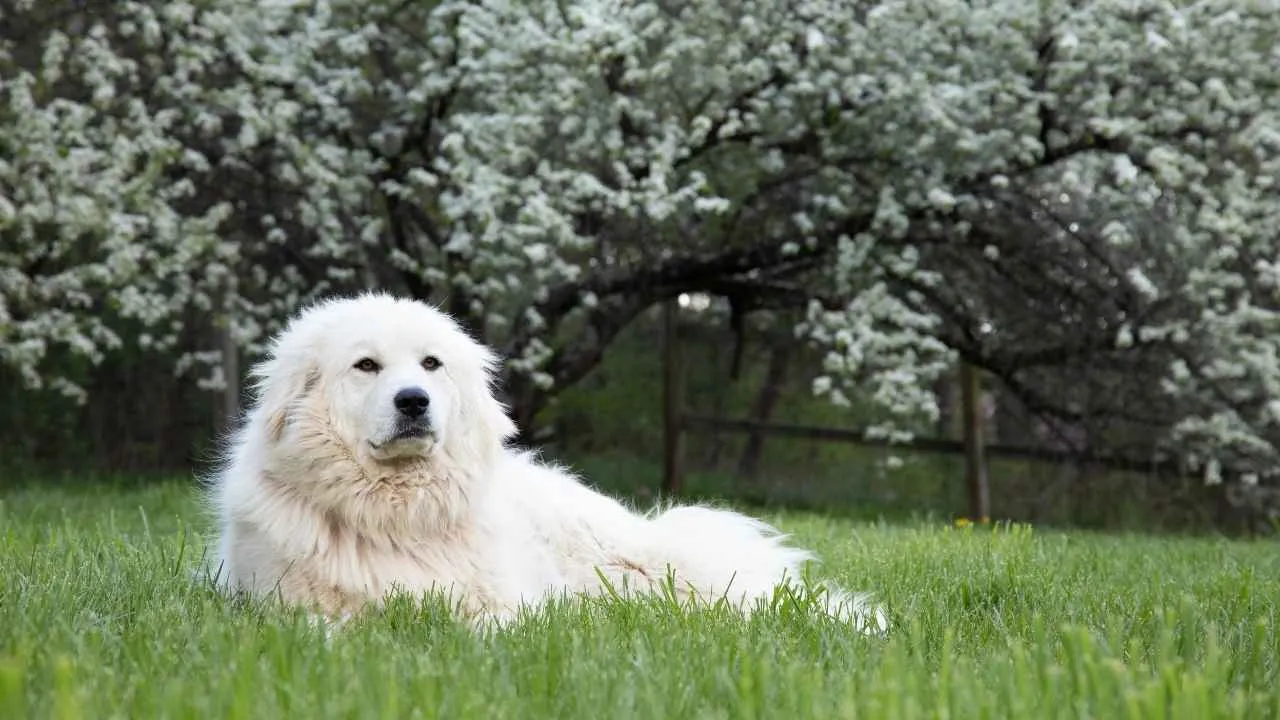
The Great Pyrenees is a massive working dog originally bred to guard flocks across the Pyrenees Mountains. They are muscular yet graceful, with a thick, weather-resistant double coat and calm expression.
Despite their imposing size, these dogs are gentle and affectionate with family, including children. Their protective instincts run deep, making them vigilant guardians but not unnecessarily reactive.
The breed’s coat is stunning but high-maintenance. Weekly brushing is essential to remove loose fur and minimize matting, and they blow their coat seasonally. Shedding is considerable year-round.
They need a secure outdoor space to roam and enjoy calm independence. Although not high-energy, regular walks and mental stimulation keep them balanced. Early obedience training is recommended to reinforce responsiveness.
As per PetMD, Great Pyrenees are predisposed to hip dysplasia, bloat, and patellar luxation—health screenings and responsible breeding practices are key.
Quick Tips
Brush weekly, more during shedding seasons.
Secure fencing is essential for this roaming breed.
Prioritize joint health through screening and diet.
3. Siberian Husky
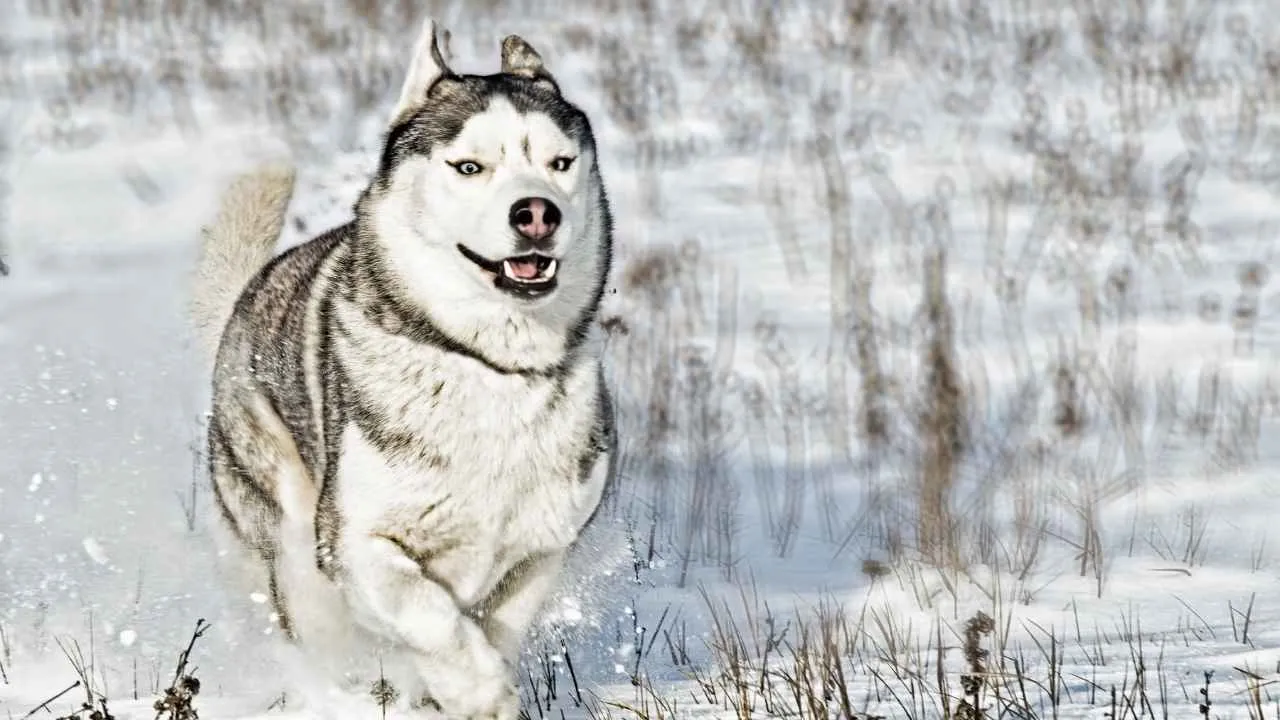
The Siberian Husky is a medium-sized working dog originally bred by the Chukchi people of Siberia to pull sleds over long distances. Known for their endurance and striking appearance, they have a dense double coat, erect ears, and expressive almond-shaped eyes, often blue or bi-colored.
Huskies are outgoing and energetic, with a playful streak that thrives on human interaction. They’re typically friendly with strangers and other dogs, which makes them poor guard dogs but excellent companions for active households.
These dogs require vigorous daily exercise to stay mentally and physically fit. Without sufficient activity, they may become destructive or develop behavioral issues. Huskies are notorious escape artists and need secure fencing and supervision.
Their thick coat demands weekly brushing and more during seasonal shedding. Surprisingly, they are relatively clean dogs and lack the typical “doggy” odor. Bathing should be infrequent unless necessary.
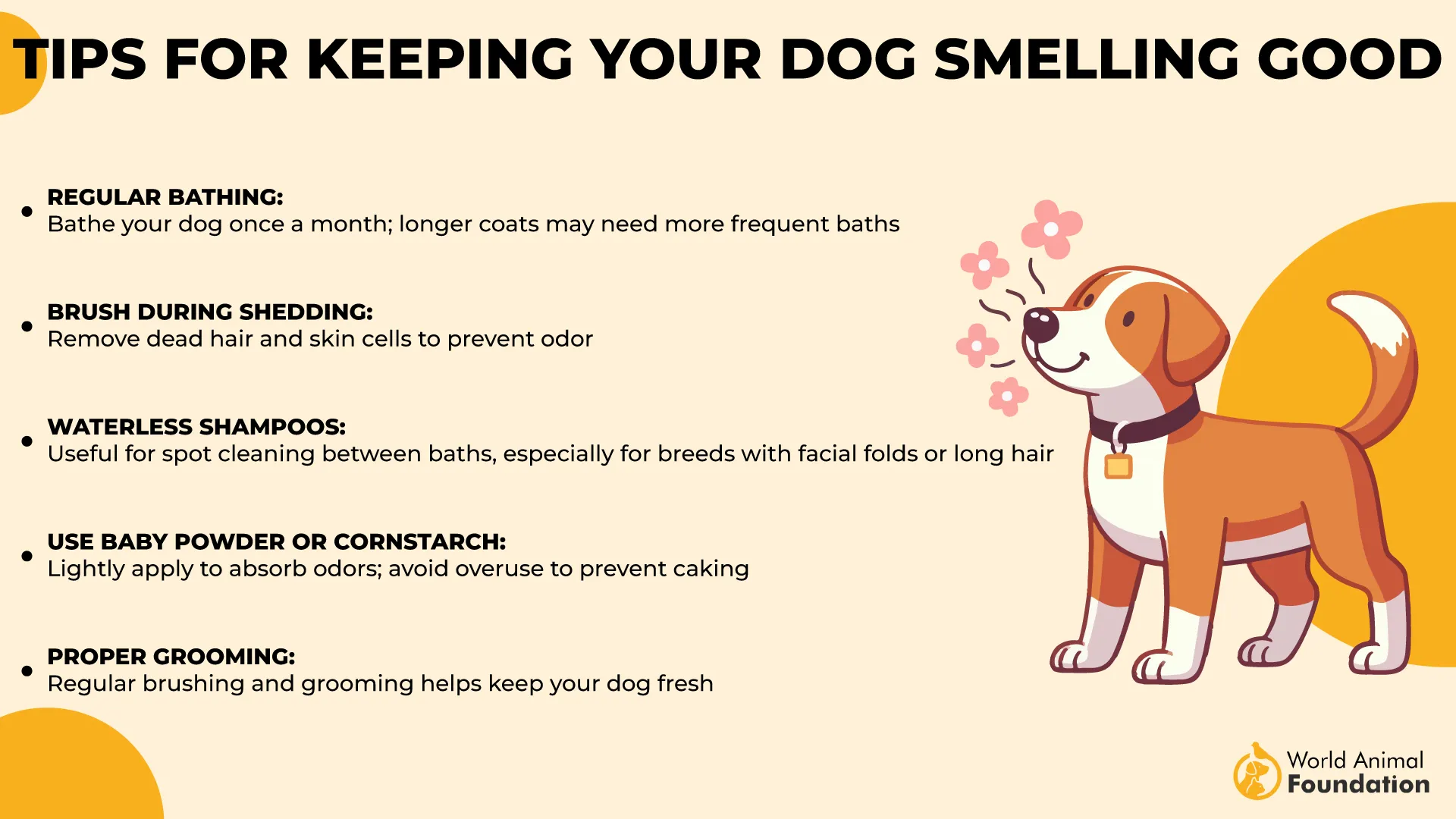
Siberian Huskies are intelligent and independent, which can make training a challenge. Positive reinforcement and early socialization are crucial for a well-adjusted adult.
Quick Tips
Needs intense daily exercise—running, hiking, or pulling.
Prone to wander—secure all outdoor spaces.
Not ideal for off-leash activities without advanced training.
4. Akita
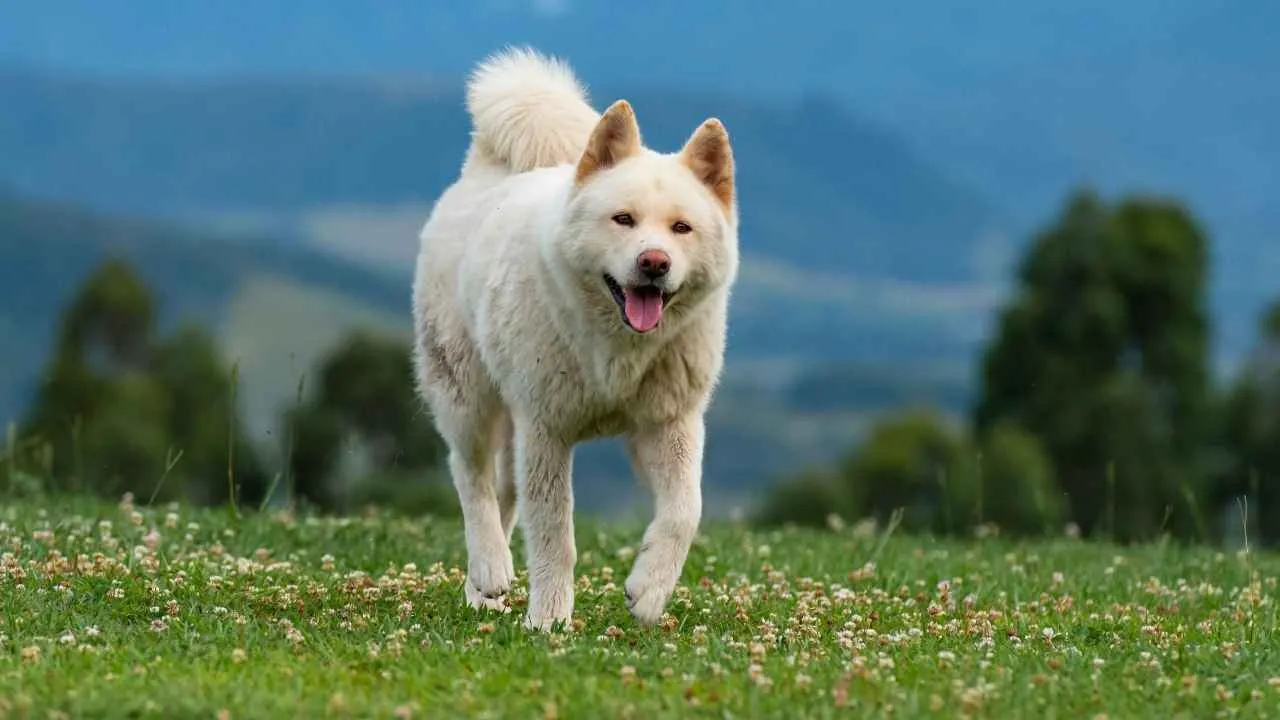
The Akita is a large, powerful breed from Japan originally used to guard nobility and hunt large game such as boar and bear. Recognizable by their thick coat, curled tail, and strong build, Akitas command attention and respect.
Their demeanor is calm and watchful. While deeply loyal to their family, they are reserved with strangers and can be territorial. Akitas are known to be excellent guardians, though their protective instincts require experienced handling.
They do best as solo pets or with the opposite sex, as they can be intolerant of other dogs. Early and ongoing socialization helps reduce overprotectiveness and builds confidence.
Grooming needs are moderate. They shed heavily twice a year and require weekly brushing to manage loose fur and maintain their thick coat. Akitas are naturally clean and often groom themselves like cats.
As per Purina, the breed is intelligent but strong-willed, and consistent training using firm, positive techniques is key to raising a balanced dog.
Quick Tips
Early socialization is non-negotiable to prevent over-guarding.
Can be dog-aggressive, especially with same-sex dogs.
Confident, experienced owners recommended.
5. Keeshond
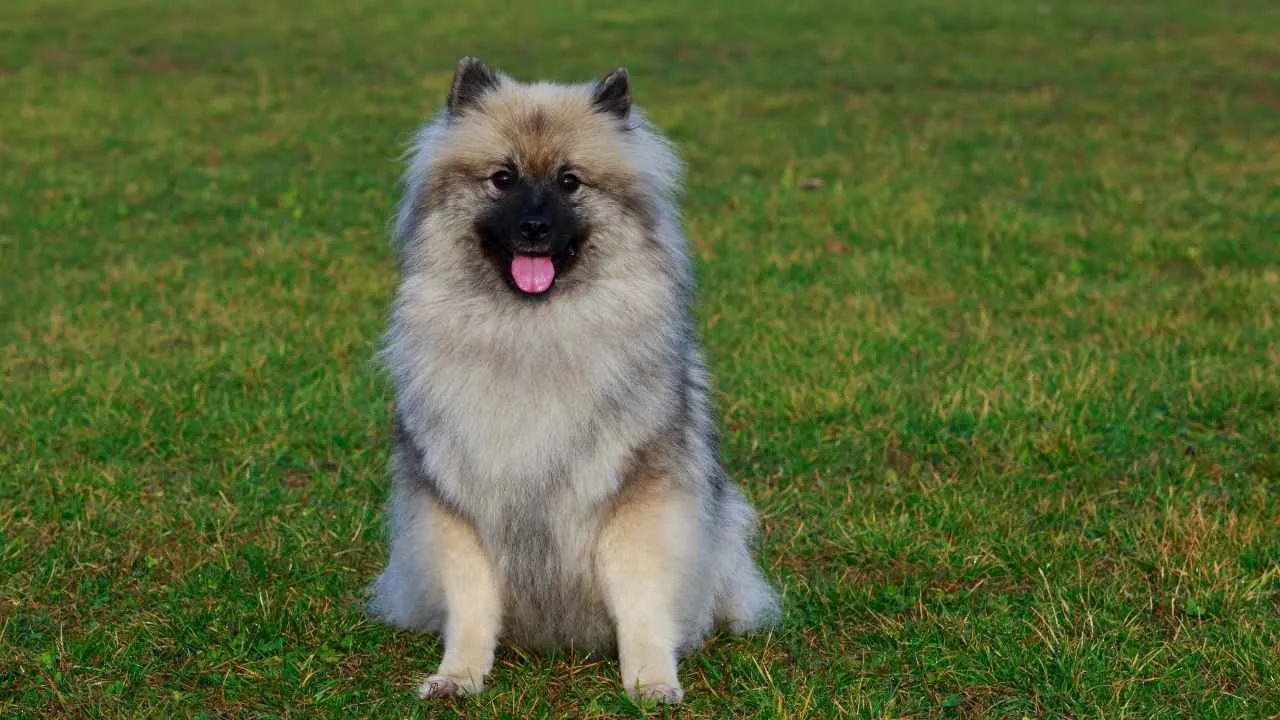
The Keeshond is a medium-sized spitz breed known for its striking gray, black, and cream coat and its distinctive “spectacles” around the eyes. Originally bred as a watchdog on Dutch barges, the breed is alert, intelligent, and deeply loyal to its family.
Keeshonden are extremely people-oriented and thrive in a household with lots of human interaction. They are naturally friendly with both children and other pets, making them one of the more sociable fluffy breeds.
Despite their plush coats, Keeshonden are relatively low-maintenance. Weekly brushing is usually sufficient except during seasonal shedding periods when daily grooming may be required.
This breed does well in both apartments and houses, provided they receive adequate daily exercise and mental stimulation. They are not overly energetic but enjoy brisk walks and interactive play sessions.
The Keeshond is a quick learner and highly trainable, particularly when rewarded with praise and treats.
Quick Tips
Daily interaction is key—they dislike being left alone.
Watch for barking—they’re natural vocal watchdogs.
Brush more often during spring and fall shedding cycles.
6. Pomeranian
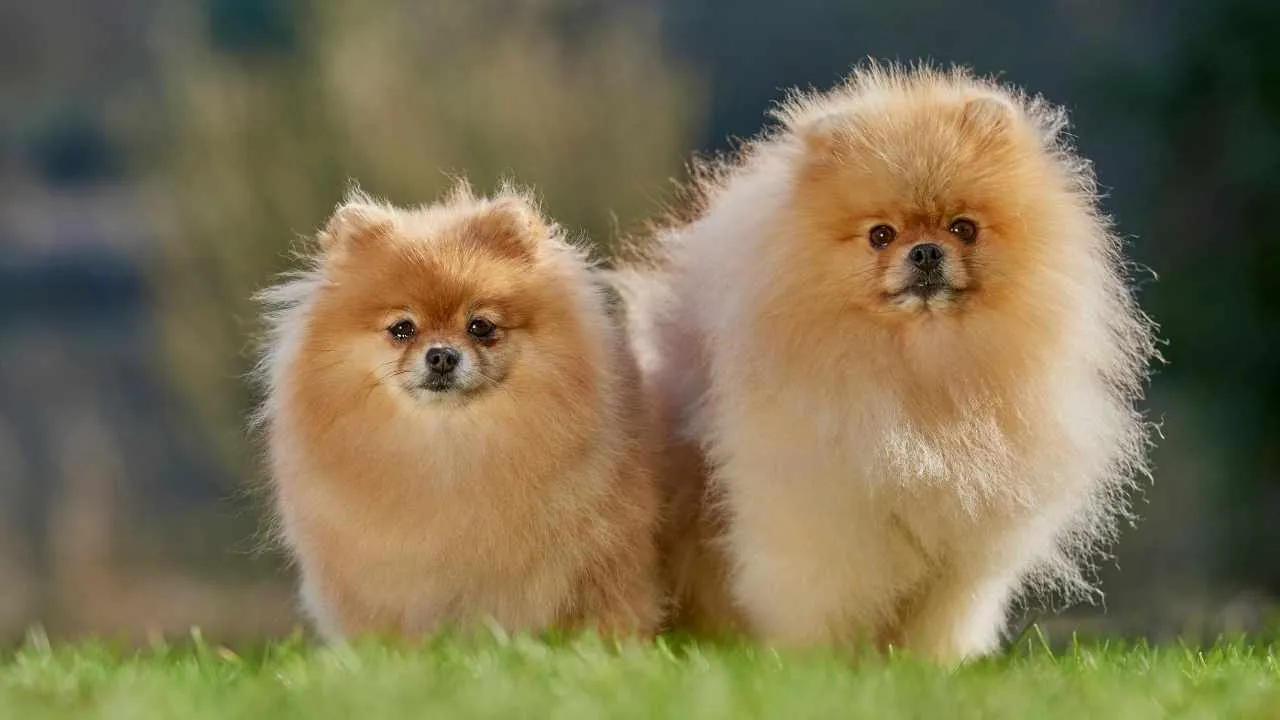
The Pomeranian is a tiny breed with a big personality and a dense double coat that gives it its iconic fluffy appearance. Descended from larger sled-pulling spitz breeds, the modern Pom is more of a lap companion but retains a bold, alert nature.
Pomeranians are highly intelligent and curious. They are quick to learn but also quick to voice opinions with a sharp bark. Despite their size, they can make excellent watchdogs thanks to their awareness and vocal nature.
Their profuse coat needs regular grooming—ideally brushing several times per week—to prevent matting and manage shedding. Professional grooming every few months is often beneficial.
Though small, Pomeranians require structured training and socialization to avoid developing “small dog syndrome.” They are best suited to adult households or homes with gentle, older children.
They are generally healthy but may be prone to dental issues, luxating patella, and tracheal collapse.
Quick Tips
Dental hygiene is crucial due to the small mouth structure.
Early training prevents behavioral issues like nipping or bossiness.
Supervise around large pets to avoid accidental injury.
7. Newfoundland
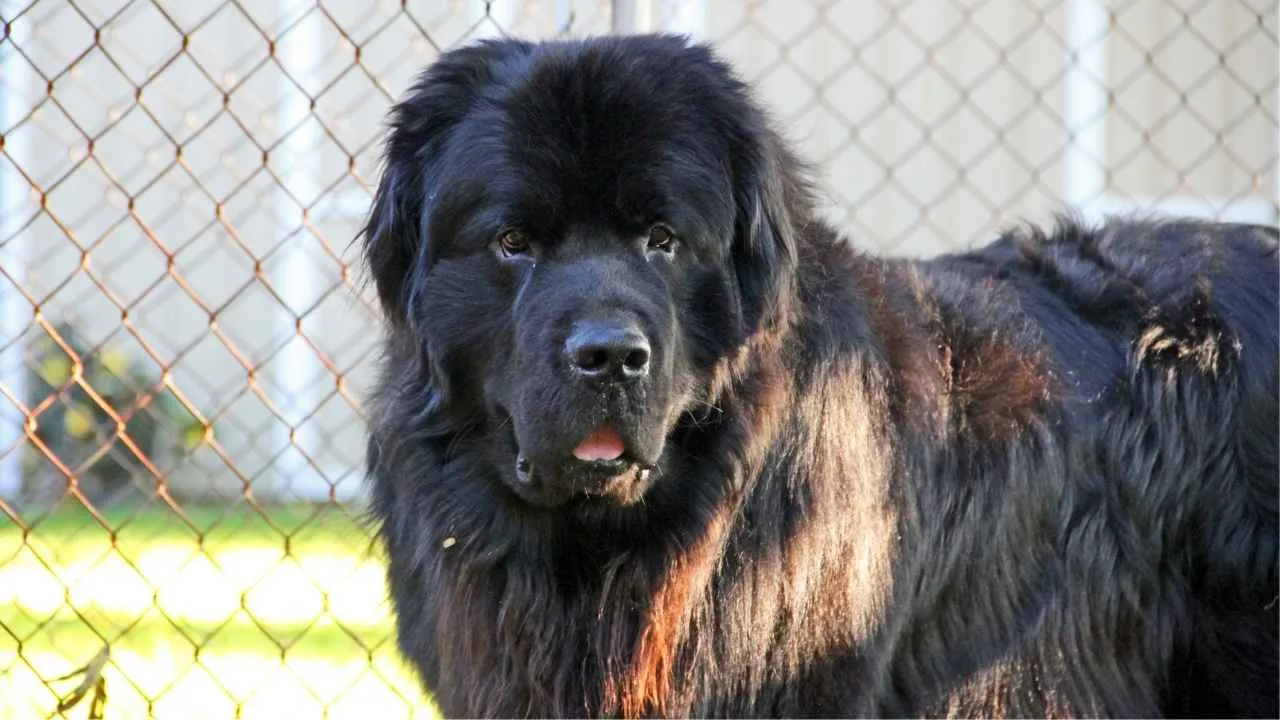
Newfoundlands are massive, strong dogs originally bred to help fishermen haul nets and rescue people from water. Their thick, water-resistant coats and powerful builds make them one of the most iconic large fluffy breeds.
Despite their size, Newfoundlands are famously gentle and patient, especially with children. They’re often referred to as “gentle giants” and are known for their calm temperament and affectionate nature.
These dogs require regular grooming, particularly because their dense double coat traps dirt and moisture. Weekly brushing is essential, and more frequent grooming may be needed during seasonal shedding.
Newfoundlands are best suited to homes with ample space and access to water, as they are natural swimmers. They enjoy moderate exercise and thrive in environments where they can move freely and interact closely with their family.
Newfoundlands are reliable, loving, and dependable—ideal for experienced dog owners looking for a large, affectionate companion.
Quick Tips
Introduce water early—most love swimming.
Groom weekly to manage shedding and odor.
Ensure joint health with controlled exercise and weight.
8. Alaskan Malamute
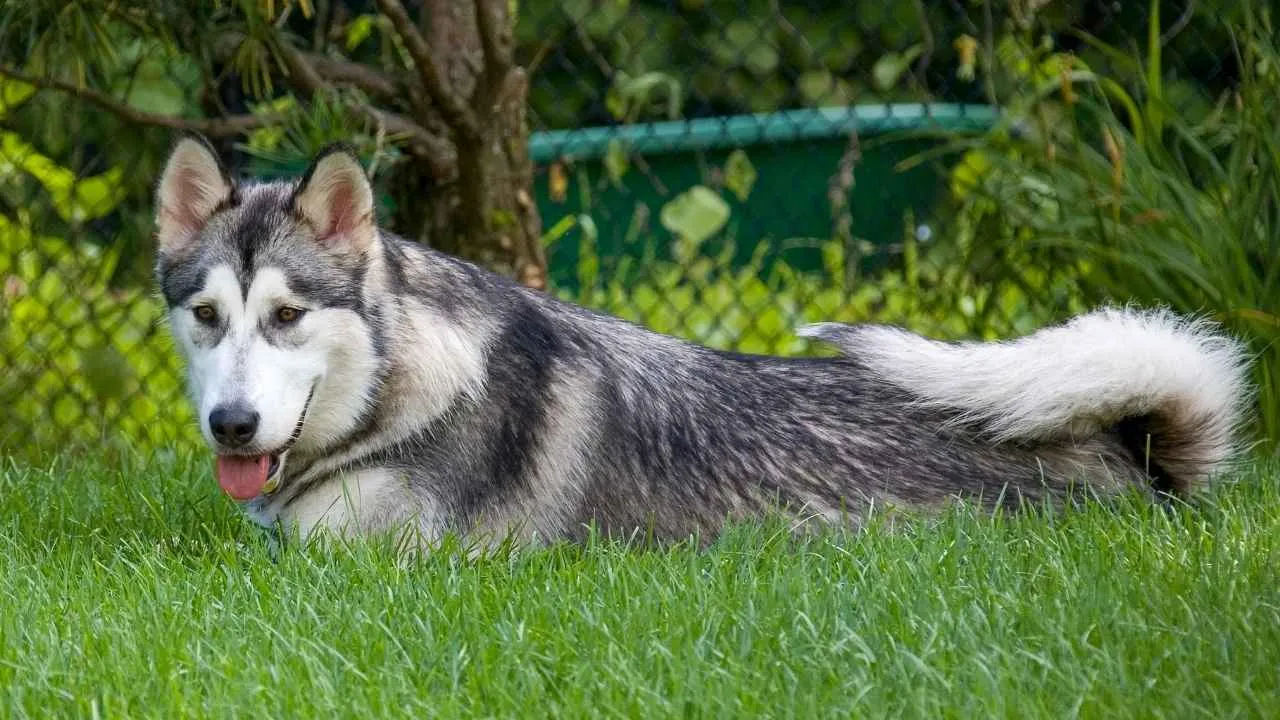
The Alaskan Malamute is a powerful Arctic sled dog with one of the thickest and most insulating coats of any breed. Bred for endurance in harsh conditions, this breed thrives in cold climates and active homes.
Malamutes are known for their independence and intelligence. They can be stubborn, so training must be consistent, firm, and patient. Despite this, they form strong bonds with their family and are typically friendly with people.
They have a high need for exercise and mental engagement. Without adequate stimulation, Malamutes may become bored and destructive. They are best suited for active households that enjoy outdoor activities like hiking or sled-pulling.
Their beautiful coat requires frequent brushing, particularly during heavy shedding seasons, which typically occur twice a year. Regular grooming helps reduce mats and keeps their skin healthy.
Malamutes are affectionate and loyal, but not ideal for first-time owners due to their strength and headstrong nature.
Quick Tips
Secure your yard—they’re expert escape artists.
Avoid hot climates—they’re prone to overheating.
Stay consistent—training requires patience and repetition.
9. Samoyed
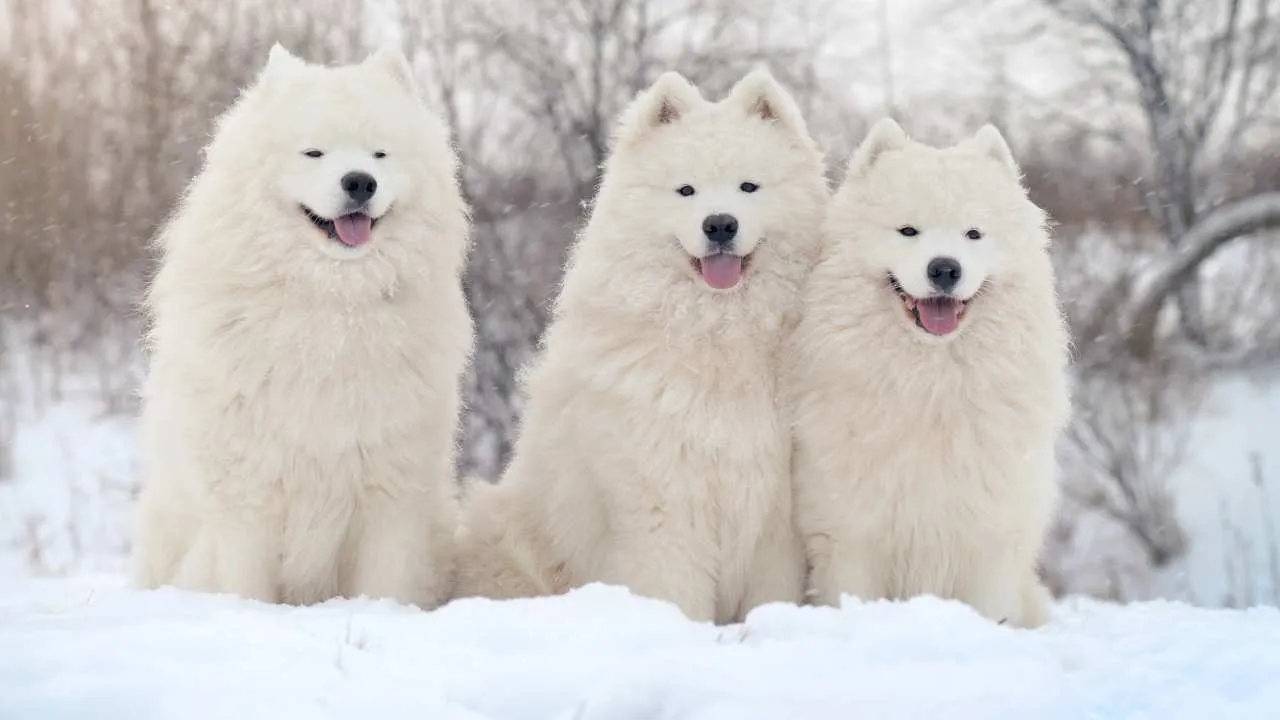
The Samoyed is a northern working breed known for its thick, white double coat and signature “Sammy smile.” Bred to herd reindeer and pull sleds in Siberia, this dog thrives in cold environments and is remarkably adaptable and hardworking.
Friendly and sociable, Samoyeds bond closely with their families. They are alert without being aggressive, making them poor guard dogs but excellent companions. Their cheerful nature and love for interaction make them well-suited for families and active households.
Their coat sheds heavily and requires consistent grooming—brushing at least several times a week helps prevent mats and reduces shedding around the home. Their fur also insulates well against the cold, but they can overheat in warmer climates.
Samoyeds are energetic and playful. Without enough daily activity, they may become bored and vocal. They’re known for their expressive, often persistent barking, which can be managed with early training.
Samoyeds are highly intelligent and affectionate, but are best suited for owners who can commit to daily grooming and exercise.
Quick Tips
Brush thoroughly—their coat tangles easily.
Avoid humid heat—provide shade and cool water.
Train early—they can be stubborn and vocal.
10. Bichon Frise
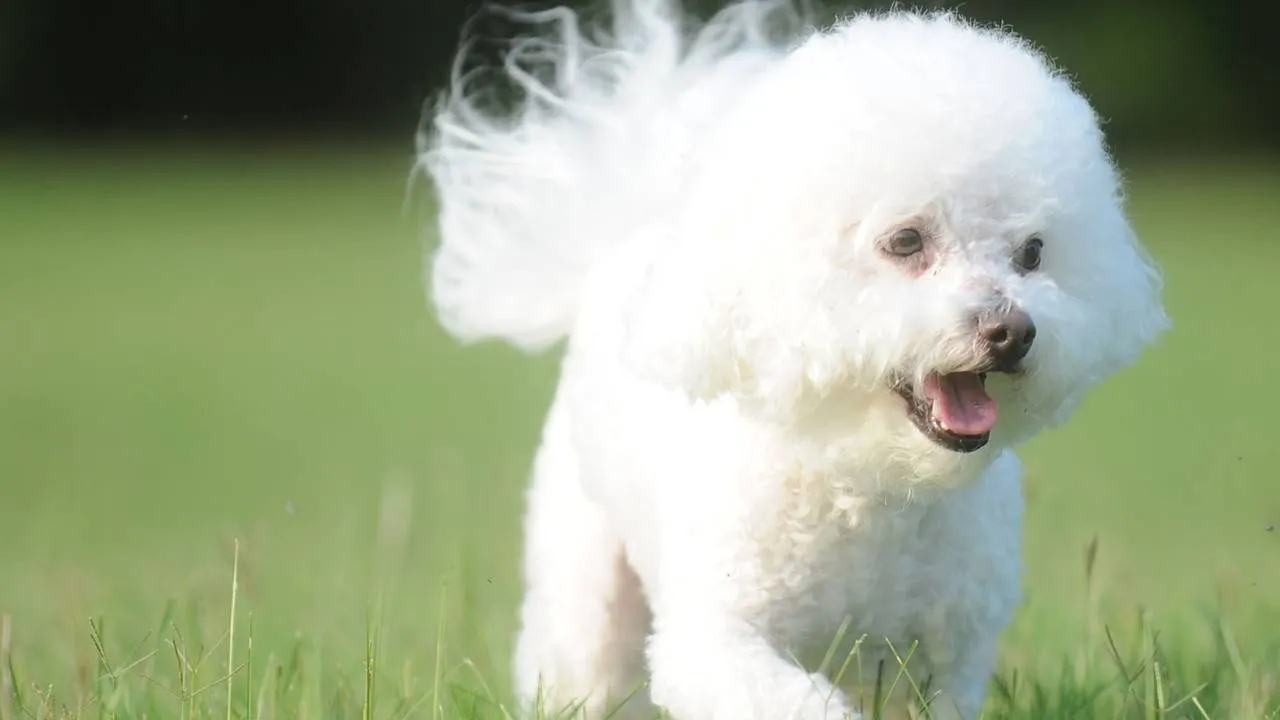
The Bichon Frise is a small companion breed with a soft, puffy white coat and a cheerful disposition. Originally popular in European royal courts, today’s Bichons are beloved for their hypoallergenic fur and affectionate personalities.
Despite their dainty appearance, Bichons are active and alert. They enjoy playtime and thrive on human interaction. Their friendly nature makes them excellent with children and other pets.
The coat doesn’t shed much but requires professional grooming every 4–6 weeks to maintain its signature rounded appearance. Regular brushing helps prevent matting and keeps the coat fluffy and clean.
Bichons are adaptable and can thrive in apartments or houses. They’re trainable and intelligent, but may develop separation anxiety if left alone for long periods.
The Bichon Frise is a popular fluffy dog for families seeking a low-shedding, sociable, and compact pet with a bright personality.
Quick Tips
Schedule grooming to maintain their signature look.
Socialize early—they love new faces and experiences.
Don’t leave them alone too long—they crave company.
Conclusion
Fluffy dog breeds come in all shapes and sizes, from toy breeds with a soft coat to big, fluffy dog breeds built for cold weather. Whether you’re drawn to a lion-like mane, a fluffy tail, or a shaggy coat that spills over the rump and hind legs, there’s a perfect fluffy friend for every household.
Fluffy dogs shed—some minimally, others heavily—and many come with a thick undercoat beneath a curly coat, silky coat, or fluffy coat. This means fluffy dog breeds require a consistent grooming routine and smart grooming tips to maintain a healthy coat and overall coat health. Investing in the right tools—and possibly pet insurance—can help manage the upkeep.
Despite the effort, the rewards are enormous. Fluffy dogs often make great family dogs, combining affectionate personalities with intelligent dog instincts. Whether you prefer lap dogs, active dogs, or a herding breed with pointed ears and a bit of a stubborn nature, a soft fur companion adds warmth to any home.
From lion dogs with a luxurious coat to herding dogs with an outer coat adapted to snow, the best fluffy dog is the one that fits your lifestyle as a devoted family pet.


